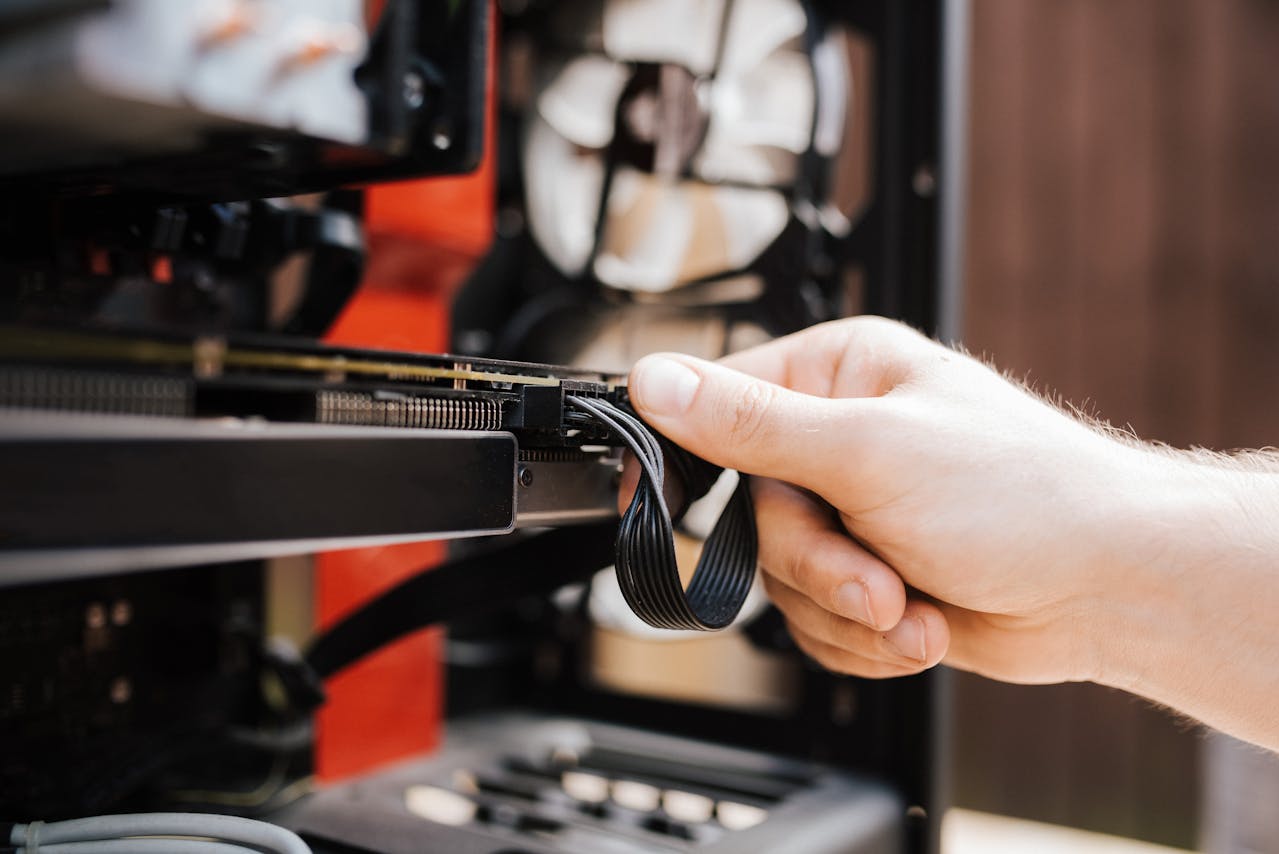An engine consists of multiple cylinders that cannot all work at the same time. It will cause greater noise and produce a lot of heat if it is fired all at once. The fire order is in place to keep this from happening.
Its primary function is to ensure that power gets circulated effectively in the engine while minimizing vibrations as much as possible. The firing order of your engine is important because it varies depending on the brand and type of engine.in this article, we will tell you what is Dodge 3.6L engine’s firing order and its importance whether it’s Grand Caravan, Dodge Journey, Durango, RAM 1500, Challenger, or Charger.
What Is the Dodge 3.6L Engine’s Firing Order?
The Dodge 3.6L engine’s firing order is 1-2-3-4-5-6. The sequence for the passenger side front to back is 2-4-6, whereas the sequence for the driver’s side front to back is 1-3-5. The coil pack sequence is 5-2-3-6-4-1 from the passenger side to the driver’s side. Check the manufacturer’s manual for your specific model to learn the firing sequence of your Dodge 3.6L.
Most of the time, the order in which the spark plugs are labeled is the proper sequence for ignition. In some vehicles, however, the firing sequence may be indicated via color codes on the cap that covers the distributor. These colors represent a specific engine cylinder.
What Do You Mean By “Firing Order”?
The firing order of an engine is the order of power distribution in each cylinder of a multi-cylinder reciprocating engine. The firing order of a diesel engine refers to the ordered process of fuel injection, whereas the firing order of a petrol/gasoline engine relates to the order in which the spark plugs produce a spark.
When car manufacturers construct engines, they must select a good firing order to eliminate vibration, ensure the engine runs smoothly, and improve user comfort. Because the firing order must follow the motion of the crankshaft in radial engines, the firing order follows a specific pattern.
Even though the firing sequence of a linear engine can be quite different, it’s designed to make sure the cylinders and crankshaft work together smoothly. Generally, the order in which your car’s engine fires affects how evenly the power comes out, how loud it is, and how much it vibrates. This means that the cylinders don’t fire in a simple 1-2-3-4-5-6 pattern, as that could mess up or even break the crankshaft. All cylinders need to take turns firing for the engine to stay balanced. Because of this, there’s no standard way of naming cylinders in V-type vehicles.
Similar Posts:
- Can You Supercharge A Scat Pack and How Much Does it Cost?
- Clunking Noise When Driving Slow
- Why Hyundai Is Bad?
- Key System Error Nissan Altima
What Happens If You Get the Wrong Firing Order?
An engine’s firing order guarantees that it operates smoothly, thus if you skip the firing order, you could harm your engine. If you get the firing sequence wrong, your engine may not begin, backfire, or run roughly. That’s because the time when the fuel and air are squeezed together doesn’t match when the spark is supposed to happen.
Knowing the exact firing order is very important; manufacturers frequently specify an engine’s firing order in the owner’s manual.
How to Determine an Engine’s Firing Order
The most effective way to determine an engine’s firing order is to consult its owner’s manual. Manufacturers frequently include a service manual with the sequence of firing of an engine in the vehicle. You can find the firing order of your engine in your car’s service manual. The total number of cylinders in an engine and its design affect its firing order.
This means that the firing order of a six-cylinder Dodge engine will differ from that of a six-cylinder BMW engine. Furthermore, firing orders always match the total amount of cylinders in an engine. A 6-cylinder engine cannot have a 4-digit firing sequence.
What Is the Importance of the Firing Order?
The firing sequence of an engine is because it ensures that the engine runs effectively and smoothly. The firing sequence in an engine helps it stay balanced and reduces vibrations.
Not paying attention to or neglecting your engine’s firing order could result in irreparable damage.
- By keeping each cylinder from firing simultaneously, the firing order guarantees smooth power delivery. Pistons move in a specific rhythm, and their spark must also travel at that rate for good operation. If it fires at the same time, the power delivery becomes jerky.
- The firing sequence prevents unwanted engine sounds and vibrations, among other reasons. Incorrect firing order can cause excessive stress buildup and disrupt crankshaft balance. This may trigger the engine to run unevenly or damage certain engine parts.
- Using the incorrect firing order directly affects an engine’s fuel efficiency because it causes faulty combustion. Following the proper firing order so optimizes fuel efficiency.
Factors that Affect the Dodge 3.6L Engine’s Firing Order
Many factors determine how your Dodge 3.6L engine fires. Here are some of them:
- The fuel’s molecular structure
- The timing of the spark
- The air-fuel mixture
- The self-ignition temperature
- The combustion wall chamber’s temperature
Conclusion
The way engines fire is not the same for every engine or every maker. Manufacturers frequently mention the order of firing in service manuals to assist drivers in determining the correct firing sequence to follow. The firing sequence of your car is critical to the effective and smooth operation of your engine.


